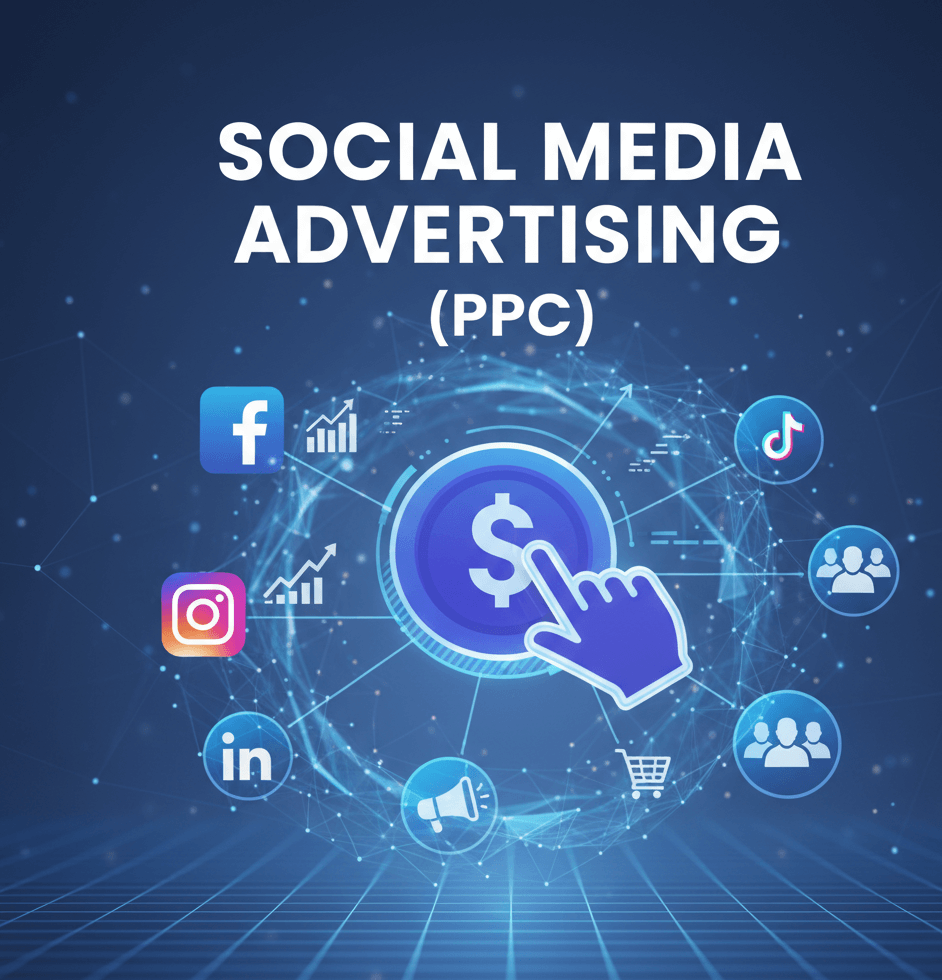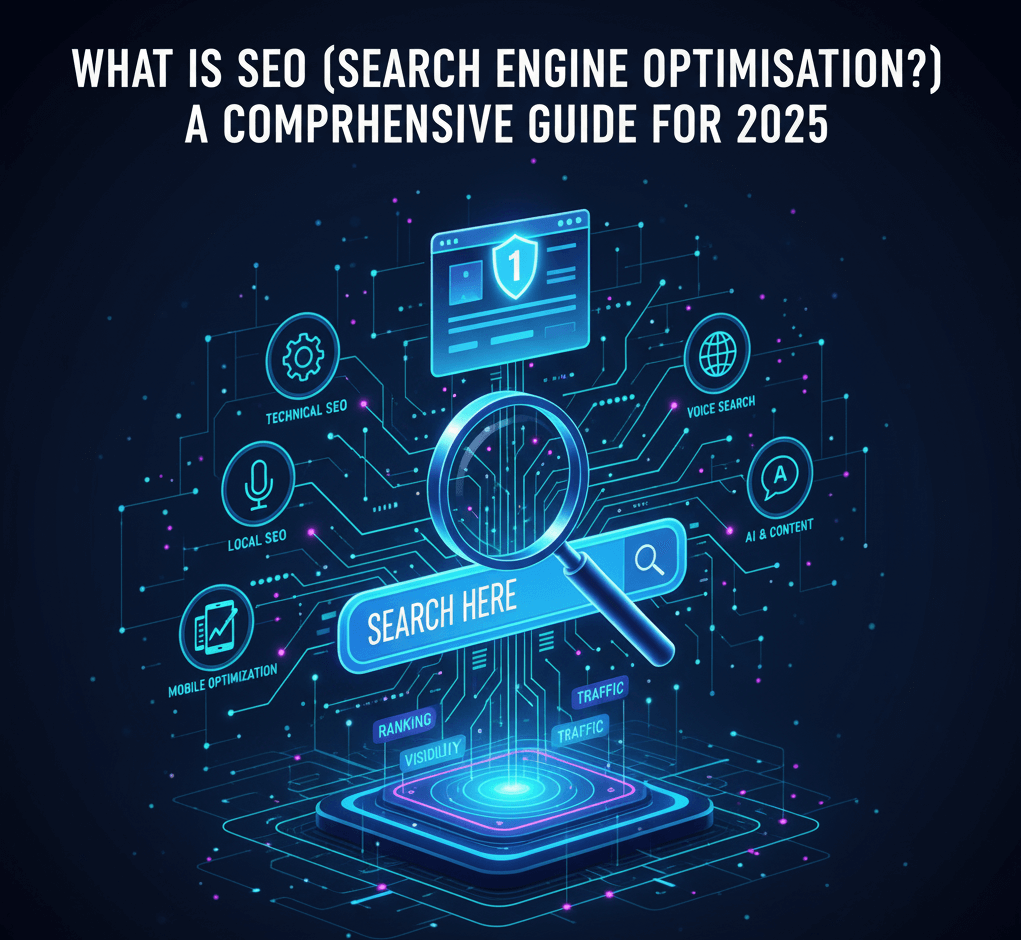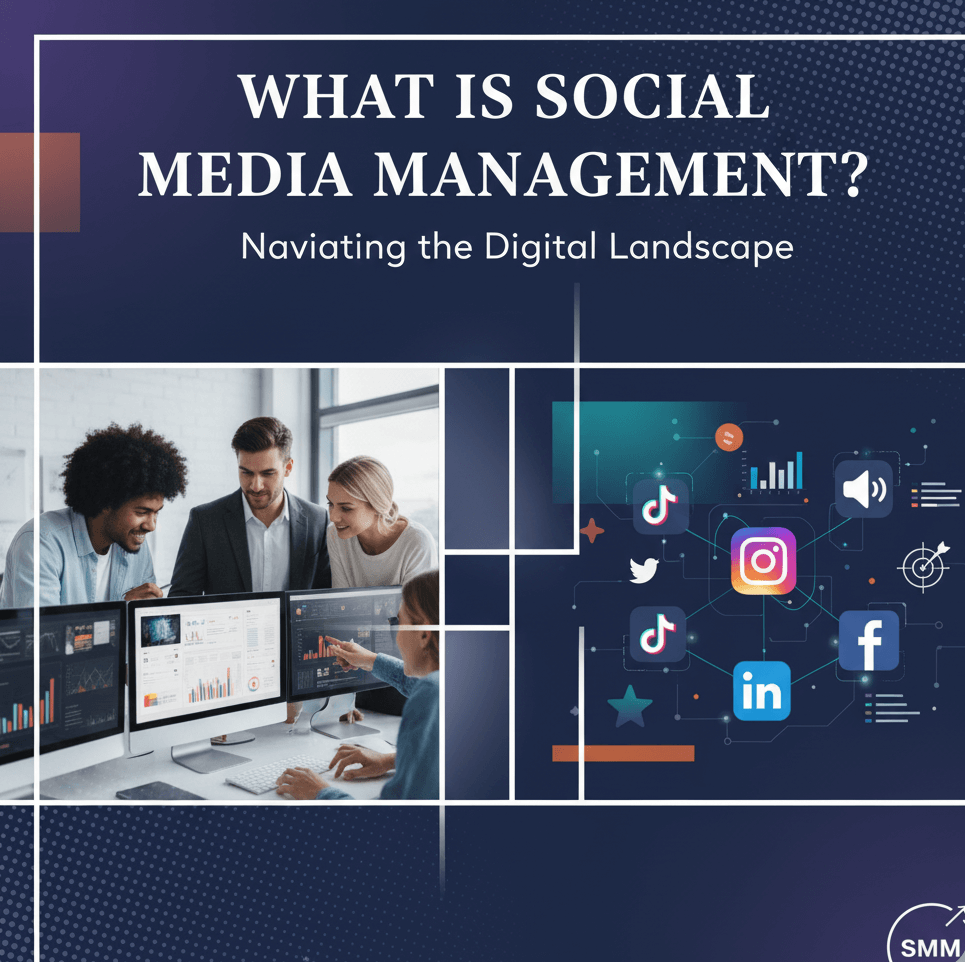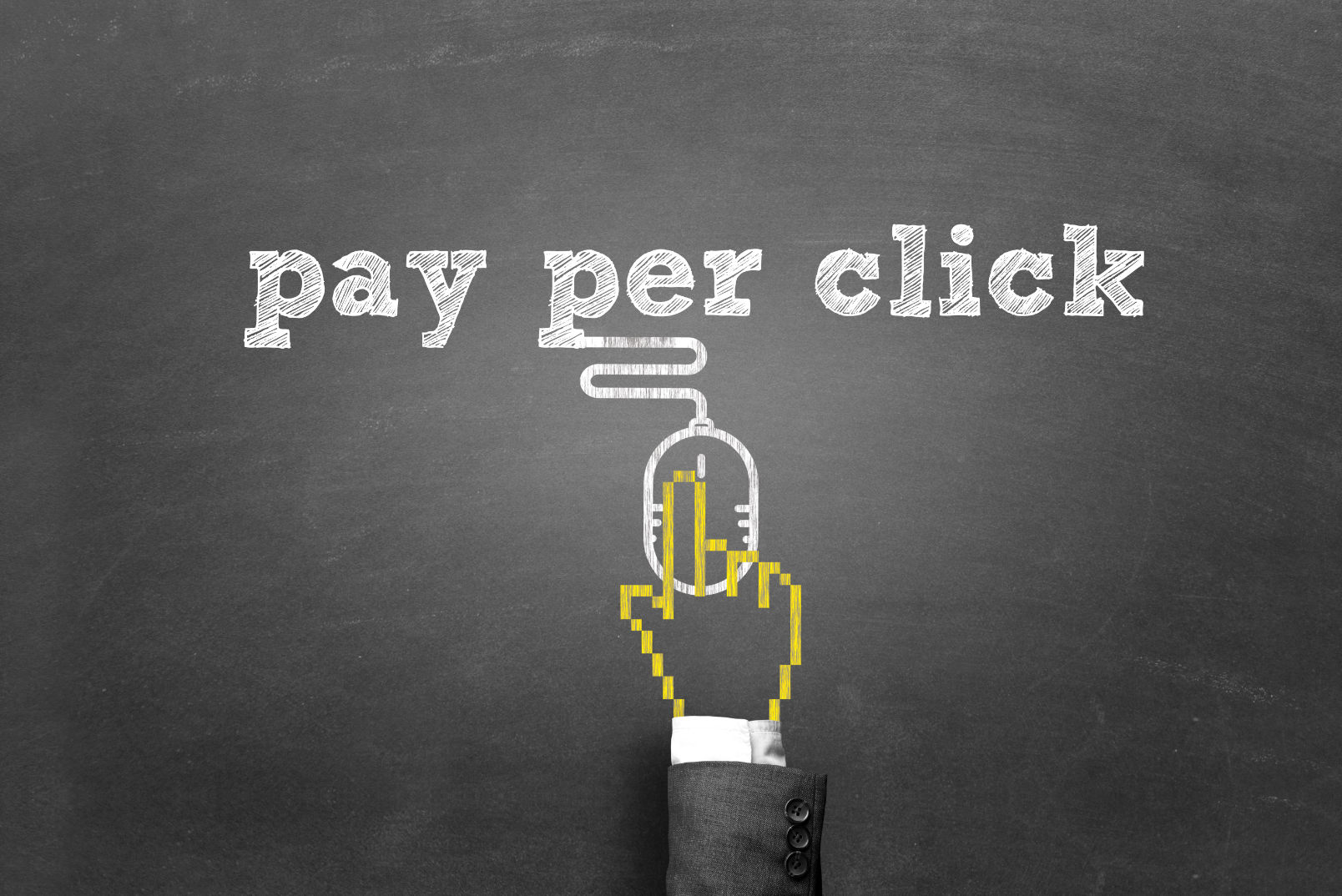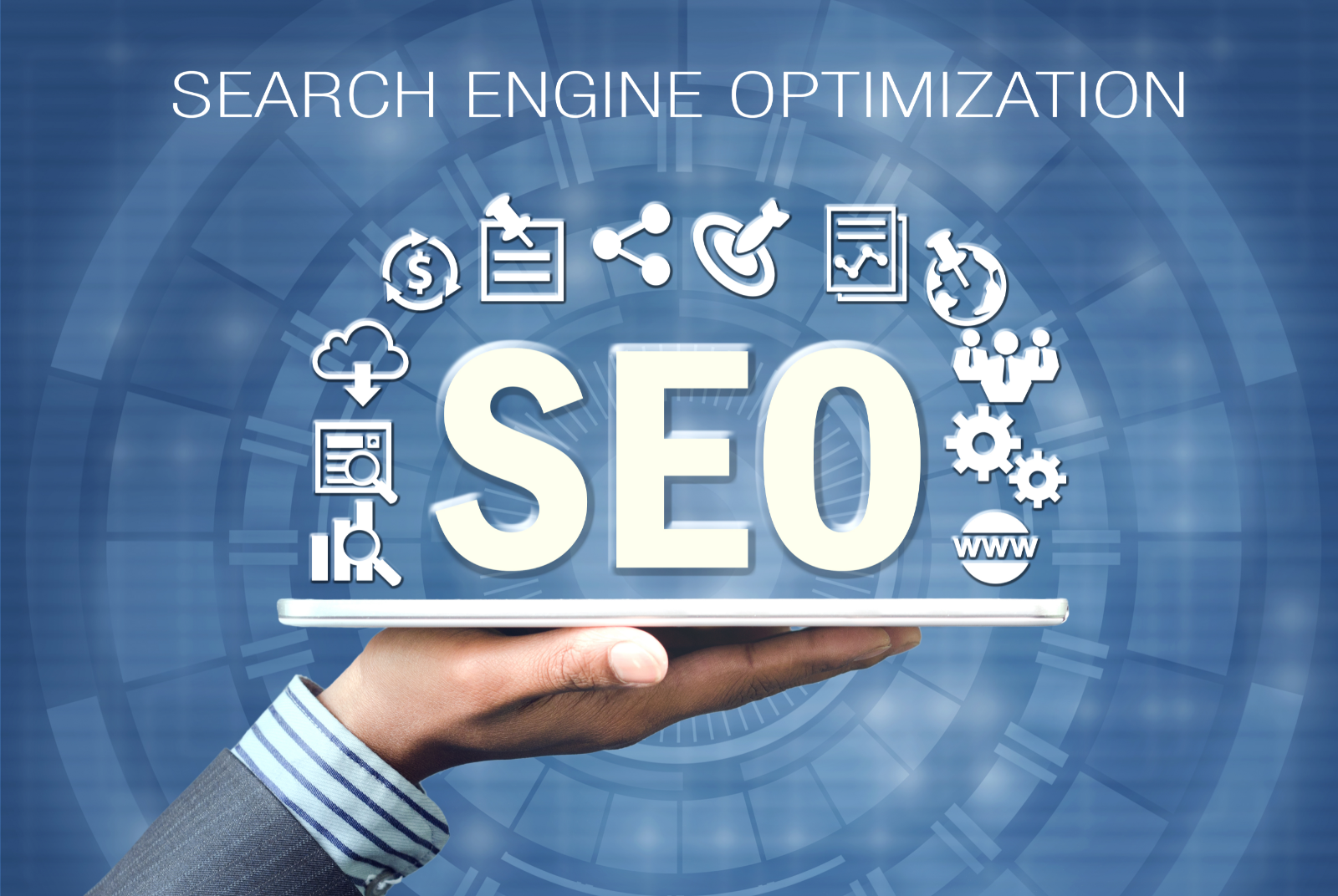Did you know that global spending on social media advertising is projected to exceed £250 billion in 2025, driven by its unmatched ability to target and engage audiences precisely?
Key Areas We Will Cover
- The core definition and distinction from other forms of PPC
- Why it is essential for businesses today
- Major platforms and their unique features
- How social media PPC operates step by step
- Essential components, including targeting, ad formats, and bidding
- Practical steps to launch a campaign
- Analytics for measuring success and ROI
- Best practices to maximise results
- Common challenges and solutions
- Emerging trends shaping 2025
In the digital age, social media advertising, often referred to as PPC or pay per click, has become a cornerstone for businesses seeking to connect with audiences effectively. This guide delves into its fundamentals, strategies, and future directions, equipping you with the knowledge to harness its potential for growth and engagement. Whether you are a novice or refining your approach, you will find actionable insights to elevate your online presence.
The Definition of Social Media Advertising (PPC)
Social media advertising (PPC) is a targeted form of digital marketing where advertisers pay a fee each time a user clicks on their ad, displayed across platforms like Facebook, Instagram, and LinkedIn. Unlike traditional advertising, it leverages user data for precision, focusing on interests, behaviours, and demographics rather than broad reach. This model, also known as paid social, differs from search engine PPC by engaging users in passive browsing modes, fostering awareness and interactions rather than immediate intent based searches.
At its core, it combines creativity with data driven decisions, allowing brands to promote content, products, or services directly within users’ social feeds.
Why Social Media Advertising Matters in 2025
With over 5 billion active social media users worldwide, PPC advertising on these platforms offers unparalleled opportunities for brand visibility and customer acquisition. It drives instant traffic, enhances engagement, and provides measurable ROI, often outperforming organic efforts in speed and scale. Businesses benefit from cost effectiveness, paying only for actual interactions, while advanced targeting ensures ads reach the right people, boosting conversion rates by up to 40% in integrated campaigns.
Neglecting it risks falling behind competitors, as it not only increases leads but also builds community and loyalty in an increasingly competitive digital landscape.
Key Social Media Platforms for PPC
Several platforms dominate social media PPC, each with tailored strengths:
- Facebook: Ideal for broad demographics, offering detailed targeting and formats like carousel ads.
- Instagram: Visual centric, perfect for younger audiences with Stories and Reels for high engagement.
- LinkedIn: Business focused, excelling in B2B with professional targeting by job titles and industries.
- YouTube: Video driven, great for tutorials and demos, with ads appearing before or during content.
- Twitter (X): Real time conversations, suited for timely promotions and hashtag campaigns.
- TikTok: Emerging powerhouse for short form videos, targeting Gen Z with creative, viral potential.
- Pinterest: Niche for inspiration based ads, effective for e commerce in lifestyle sectors.
Choosing the right one depends on your audience and goals, with many businesses using multiple for omnichannel reach.
How Social Media Advertising Works
Social media PPC operates through an auction system where advertisers bid for ad placements, competing based on relevance and budget. Platforms use algorithms to display ads in users’ feeds, stories, or sidebars, charging only upon clicks or impressions. It starts with defining objectives, such as awareness or conversions, then crafting ads that align with user behaviour.
The process ensures ads appear to interested parties, maximising efficiency and minimising waste.
Essential Components of Social Media PPC
Targeting Options
Precision is key, with options including demographics (age, location), interests (hobbies, pages liked), behaviours (purchasing habits), and custom audiences (retargeting past visitors). Advanced features like lookalike audiences expand reach to similar users.
Ad Formats
Diverse formats enhance appeal:
- Image ads for quick visuals
- Video ads, including short form for higher engagement
- Carousel ads showcasing multiple products
- Stories and Reels for immersive experiences
- Lead forms for direct data collection
Tailor formats to platform strengths for better performance.
Bidding and Budgeting
Set bids manually or automatically, with models like CPC (cost per click) or CPM (cost per mille impressions). Daily or lifetime budgets control spend, while automation optimises for goals like conversions.
Steps to Launch a Successful Campaign
- Define clear objectives, such as lead generation or traffic.
- Research and select target audiences.
- Create compelling creatives with strong calls to action.
- Design optimised landing pages for seamless transitions.
- Set budgets and bids.
- Launch and monitor in real time.
- Analyse data and iterate with A/B testing.
Analytics and Measuring ROI
Track metrics like CTR (click through rate), CPC, conversions, and ROAS (return on ad spend) using platform dashboards or tools like Google Analytics. Insights reveal what works, enabling refinements for sustained success.
Best Practices for Optimal Results
- Maintain brand consistency across ads.
- Use high quality visuals and concise copy.
- Leverage retargeting for higher conversions.
- Test variations regularly.
- Integrate with organic strategies for amplified impact.
Common Challenges and Solutions
Challenges include ad fatigue, rising costs, and privacy regulations. Combat them with fresh content, audience segmentation, and first party data reliance.
Future Trends in Social Media PPC for 2025
Expect AI driven automation for bidding and content creation, short form video dominance, voice search integration, and emphasis on privacy compliant first party data. Platforms like TikTok will lead in cold traffic acquisition, while omnichannel approaches blend social with search for holistic strategies.
Conclusion
Social media advertising (PPC) empowers businesses to engage audiences precisely, drive growth, and achieve measurable outcomes through strategic targeting and creative execution. By understanding its components and adapting to trends, you can transform your digital marketing efforts.
Ready to Boost Your Social Media Advertising?
Explore how Be More Social UK can craft bespoke PPC campaigns to elevate your brand. Visit our site or contact us today for expert guidance and results driven solutions.
Frequently Asked Questions About Social Media Advertising (PPC)
Navigating social media advertising can raise many queries, especially for those new to PPC. Below, we address some common ones to provide clarity and confidence.
Social media PPC targets users based on interests and behaviours in passive settings, while search PPC focuses on intent driven queries, often yielding higher immediate conversions but at potentially greater costs.
Costs vary by platform and competition, with average CPC ranging from £0.50 to £2, influenced by targeting and ad quality. Budgets can start small and scale.
Key skills include data analysis, creative design, audience research, and platform familiarity. Tools and certifications can help build expertise.
Absolutely, its flexible budgeting and precise targeting make it accessible, enabling competitive reach without large spends.
Regularly, at least monthly, to combat fatigue and align with trends, using A/B testing for ongoing optimisation.

